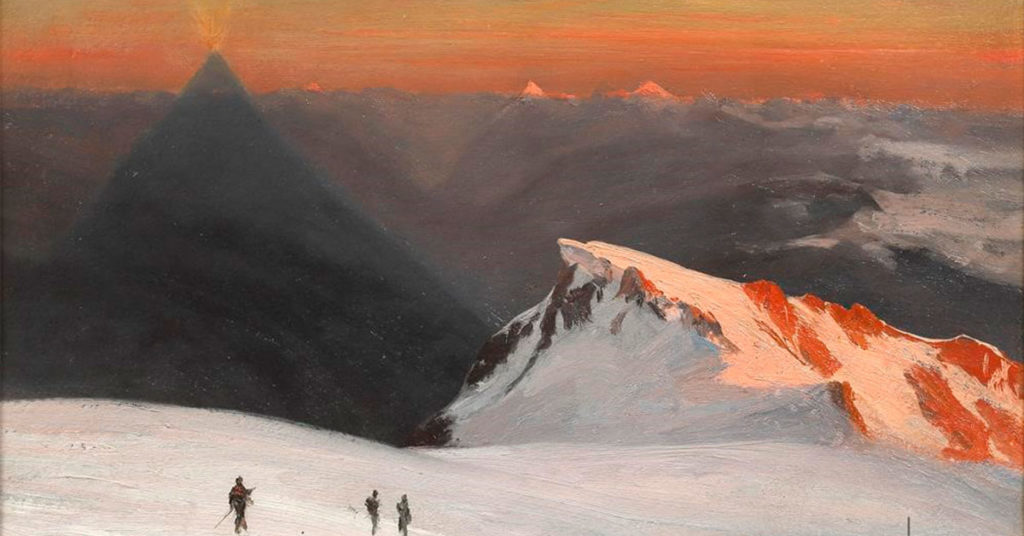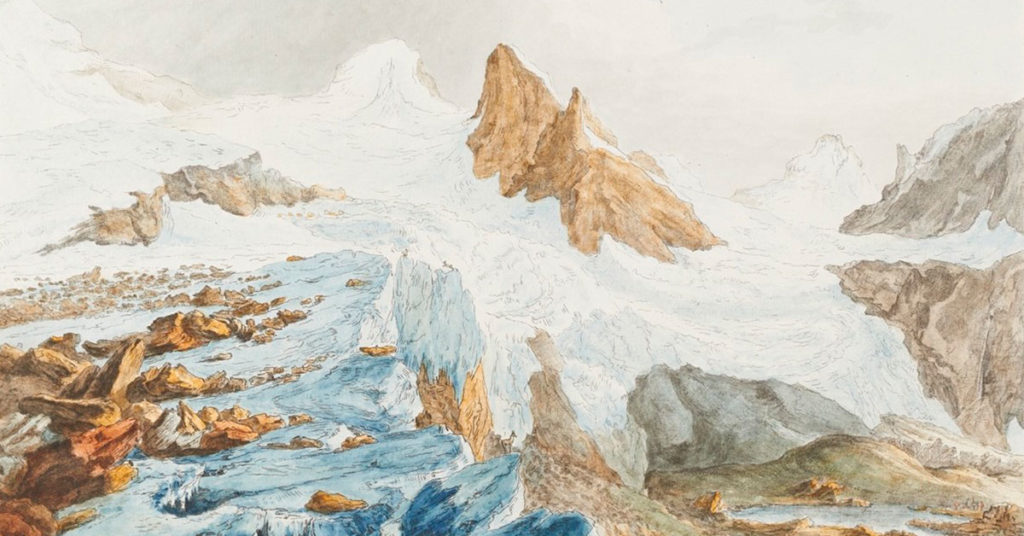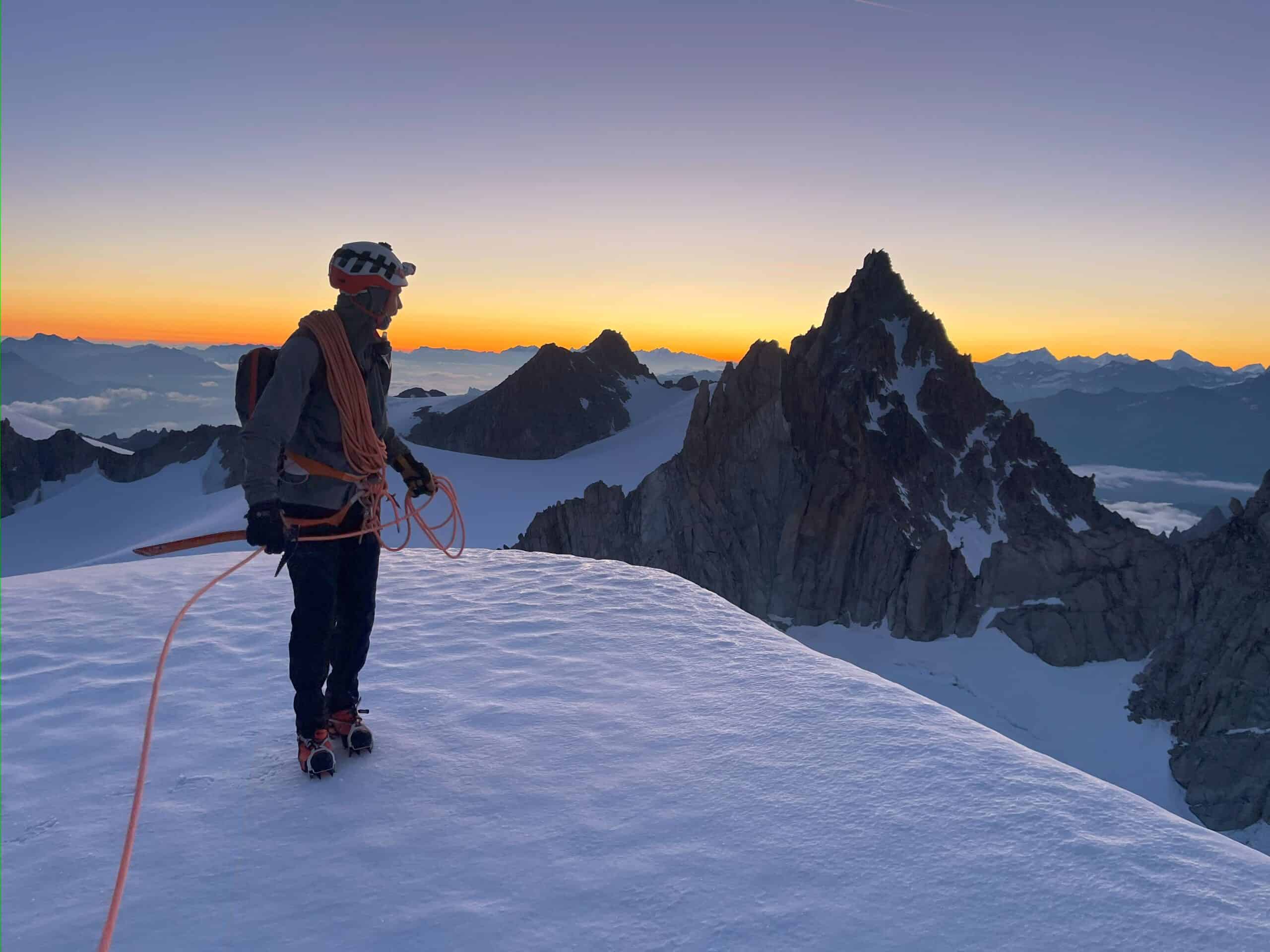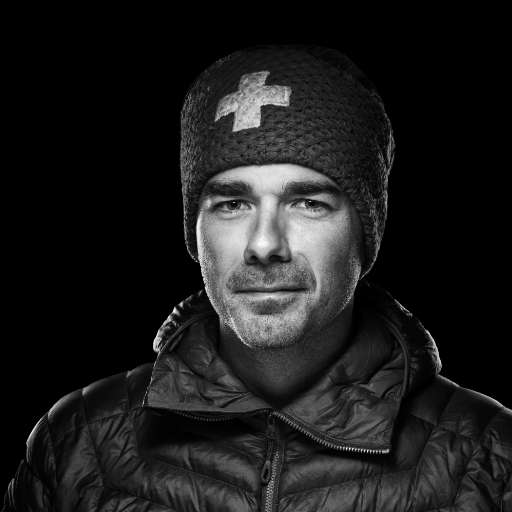Lifestyle
How to choose a mountain guide
Venture into the heart of the Alps, climb the highest summits and contemplate the splendors of the wilderness. It's a dream I'm lucky enough to realize on every one of my ascents. But always accompanied by a guide, because the mountains are relentless. Here, I invite you to discover how to choose your mountain guide. ... Read more
Read the article
Recent articles

History of the Alps
The Alps as a laboratory I Initial research
The (high) mountains are an environment that can quickly become hostile to human presence: it's not possible to live in a world of rock and ice. Moreover, physical confrontation with the mountain involves physical effort and fatigue that can prove disabling, particularly at altitude. These facts have prompted a number of scientists and mountaineers to look into the matter, turning the Alps into a laboratory for experimentation. This non-exhaustive overview is followed by a second chapter focusing more specifically on the figure of Angelo Mosso, a physician, physiologist and ...

History of the Alps
The Alps as a laboratory II ANGELO MOSSO
Angelo Mosso (1846-1910) was an Italian physician, physiologist and mountaineer. He was interested in the Alps and their impact, not physical but physiological, on the human body. The Alps were seen as the ideal place to answer some of the burning questions about the human body at the end of the century, such as how the nerves react to changes in environment, or how energy is expended and fatigue caused in experiments. So we're a long way from the Alps as playground of Europe, as Leslie Stephen put it. Mosso noted that the effects of fatigue are stronger in the mountains, but last ...

History of the Alps
GABRIEL LOPPE French painter, photographer and mountaineer
Gabriel Loppé (1825-1913) was a French painter, photographer and mountaineer. Although he is little known to the general public today, he enjoyed considerable success during his lifetime. However, there are few studies of his work. Loppé was a painter-mountaineer, i.e. a painter and mountaineer who put art above all else: mountain outings were subordinated to artistic practice. First steps in painting Loppé's decision to become a landscape painter was prompted by the sight of two painters working from summit on Pic Saint-Loup. This vocation would be facilitated by his stays ...

History of the Alps
JOSEPH MALLORD WILLIAM TURNER the best-known English painter of the 18th century
Joseph Mallord William Turner (1775-1851) is without doubt the best-known English painter of the 18th century. Many exhibitions are still devoted to him today. He is known as one of the leading painters of the aesthetic of the sublime and for his great talent, particularly in watercolor. Although his strokes are forced, he is also considered the precursor of Impressionism, and even of abstract art. Turner's first trip to Switzerland Turner came from a modest background: his father was a barber. He was spotted at an early age: he entered the Royal Academy of Painting at the tender age of 14. ...

History of the Alps
CASPAR WOLF one of the first artists to paint the Alps
Caspar Wolf (1735-1783) was one of the first artists to explore and paint the Alps, between 1774 and 1779. Although he painted other subjects, it was precisely as a painter of the Alps that he passed into posterity. Even his contemporaries emphasized Wolf's innovative side, as Karl Gottlob Küttner did in August 1778: Wolf is the painter of the sublime and terrible nature of the Swiss mountains. He went deep into the icy, snowy regions of the mountains, as no painter had done before him; no danger, no difficulty could prevent him from exploring nature...

History of the Alps
History of the mountains 18th century
The 18th century saw a real craze for the Alps, with a huge influx of travellers. There were a number of reasons for this, which we'll develop below, but it was the result of a slow evolution. Dragons in the Alps The early 18th century was still marked by popular beliefs, which were also reflected in scientific research: many people spoke of monsters and dragons in the mountains. Scheuchzer devotes an entire chapter to his Ouresiphoites Helveticus, sive itinera per Helvetiae alpinas regiones (published in 1723), one of the most important works ...

